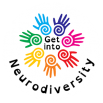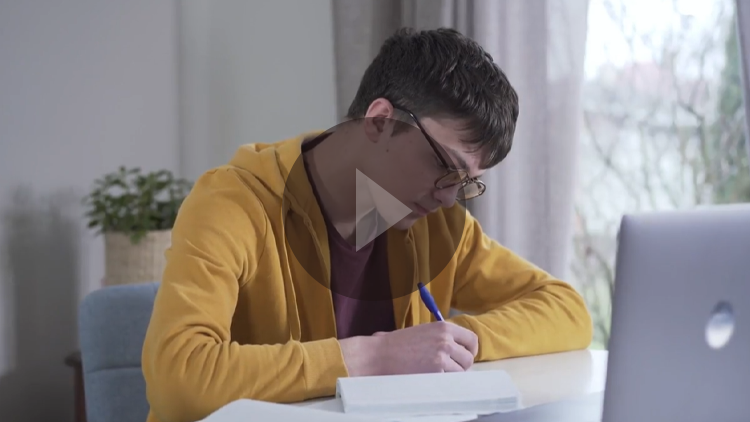Course Overview
The first session covers a deeper understanding of Dysgraphia, the causes and impacts of it, as well as all the varying definitions straight from the world leading experts The second session covers the red flags to look out for, checklists to identify Dysgraphia traits, how to diagnose it and how to support students with it. The suite of resources and support material are world-class and based on the latest research.
- Gain a deeper understanding of Dysgraphia
- Learn the latest definitions of Dysgraphia (including the DSM5)
- Hear the latest research from the world’s leading experts
- Better Understand the development of writing skills
- Learn the causes of Dysgraphia
- Understand the Social and emotional impact of having Dysgraphia
- The likelihood and rates of students having Dysgraphia and other overlapping SpLD’s
- You’ll learn the Red Flags to be on the lookout for
- Understand how Dysgraphia is diagnosed
- Other factors to consider when a student has coordination difficulties
- Manage students with Dysgraphia in all its forms
- Offer multiple accommodations for Dysgraphia
- Provide modifications and remediation for Dysgraphia
- Offer multiple support strategies
- Know how to improve the future for Students with Dysgraphia
- Get the latest resources and support materials on offer
- 2 x 30min (approx…) online, on demand engaging videos
- Good Practise for Handwriting – A nine page booklet
- Tip Sheet: 8 FAQ’s to support handwriting development
- Instructional activities for handwriting instruction, spelling and letter reversals
- Recognising dysgraphia in adults booklet
- Dysgraphia Support Strategies Checklist: Accommodation, Modification and Remediation
- Teaching b-d Reversals To Struggling Learners
- Use What You Know To Work Out What You Don’t Know
- Memory Cards To Help With b and d Direction
- Numbered Letter Formation for both upper and lowercase
- Handwriting checklist for Teachers and Students
- Quick Reference Sheet for Letter for formation by number
- Poster: Top tips for supporting students with dysgraphia
- Links to further Support
- Checklists for Support strategies
- Teacher and Student checklists
- When Students Have Dysgraphia Do This…/When Handwriting is Hard Do This..
Video 1
 • Understanding of Dysgraphia, causes and definitions
• Understanding of Dysgraphia, causes and definitions • The latest research from world’s leading experts
• The Development of writing skills • The social and emotional impact of Dysgraphia
• The likelihood and rates of cooccurrence
Video 2
 • How to diagnose Dysgraphia
• How to diagnose Dysgraphia• How to manage students with Dysgraphia
• Accommodations for Dysgraphia
• Modifications and Remediation
• Improving the future for Student with Dysgraphia

Jillian Zocher is Specific Learning Difficulties Specialist for students across the age range. She completed a Postgraduate Diploma in Specific Learning Difficulties in conjunction with the Helen Arkell Dyslexia Centre (UK) and The Oxford and Cambridge Royal Society of Arts in 2002, after years of having taught at dyslexia friendly schools overseas. Jillian is a contributing author to the recent 2020 Sage publication, Special Educational Needs – A guide to Inclusive Practice (Reid and Peer). Jillian has helped hundreds of teachers with their Professional Development needs, and thousands of students, not only with literacy and numeracy, but also with study skills, technology skills, strengths profiling, career counselling, anxiety, and well-being. She is known amongst her colleagues as an ‘educational therapist’. Jillian is the founder of the Learning Difference Convention, The Dyslexia and Learning Alliance and co-founder of Get into Neurodiversity
This course will contribute 2 hours of Professional Development (PD).
This hour of PD can be logged as self-identified, accredited, professional development.


 (66 votes, average: 4.58 out of 5 )
(66 votes, average: 4.58 out of 5 )


